Have you heard of tantalum-niobium ore? It is on your phone, laptop, computer, and TV.
Tantalum-niobium ore refers to the general term for minerals containing tantalum and niobium, usually in the form of coltan (columbite-tantalite). Tantalum and niobium belong to "rare metals".
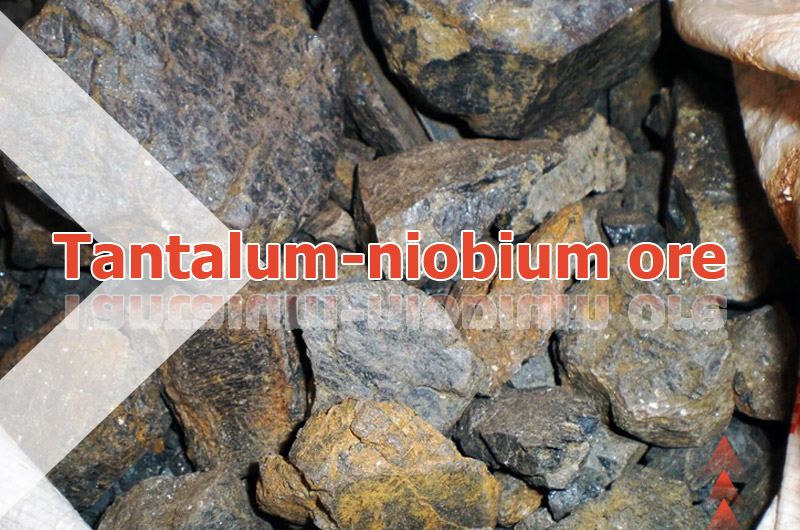
Tantalum and niobium are critical minerals
Tantalum and niobium, which always appear together, are both listed on the U.S. 2022 critical minerals list and the EU critical raw materials list.
Niobium and tantalum are closely symbiotic, and their physical properties have many similarities. They are usually in the tantalite-columbite minerals in pegmatites, granites, and alkaline igneous rocks.
The determination of tantalum-niobium ore beneficiation is mainly based on the properties of the raw ore. The following are some physical properties of tantalite-columbite series minerals:
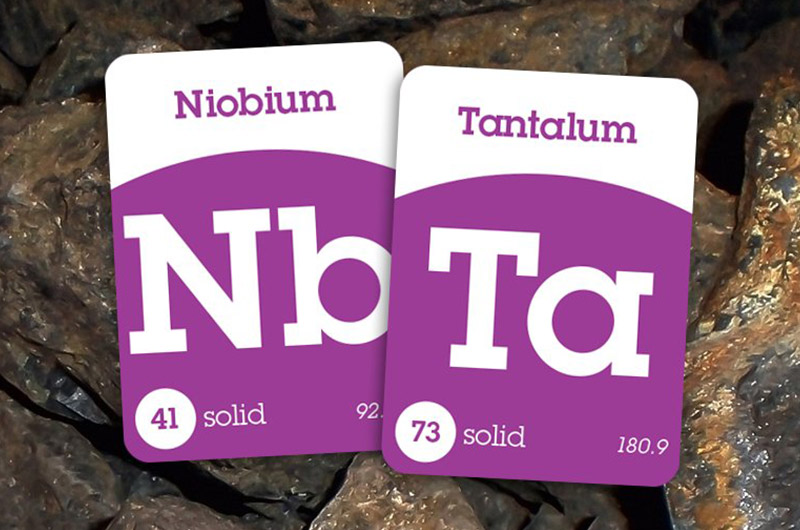
- Composition: A group of minerals containing both tantalum (Ta) and niobium (Nb) elements.
- Color: The color of tantalum-niobium ore varies, but is usually black, tan, brown, or reddish-brown.
- Hardness: Mohs hardness ranges from 6 to 6.5. They are resistant to wear and can withstand mechanical stress.
- Luster: Tantalum-niobium minerals have a metallic or sub-metallic luster and a shiny appearance.
- Magnetism: Due to the presence of iron in the crystal structure, especially columbite, it has weak magnetic properties.
- Density: Minerals are relatively dense, with specific gravity values typically ranging from 5.8-8.2 g/cm3. This high density makes them easy to separate by gravity.
There are 10 kinds of niobium and tantalum industrial mineral raw materials, but the main mined ores are the following 3 kinds:
- Tantalite: Contains Ta2O5>72.18%, Nb2O5<10.33%
- Columbite: Contains Ta2O5<14.55%, Nb2O5>63.77%
- Pyrochlore: Ta2O5 content is 1.44%-6.65%, and Nb2O5 is 56.01%-67.77%
The history of coltan mining
How is coltan mined? Its mining process is quite primitive, similar to how gold was mined in California in the 1800s. The ore is extracted by hand by miners, and the rock and sand are panned and filtered until the minerals sink to the bottom.
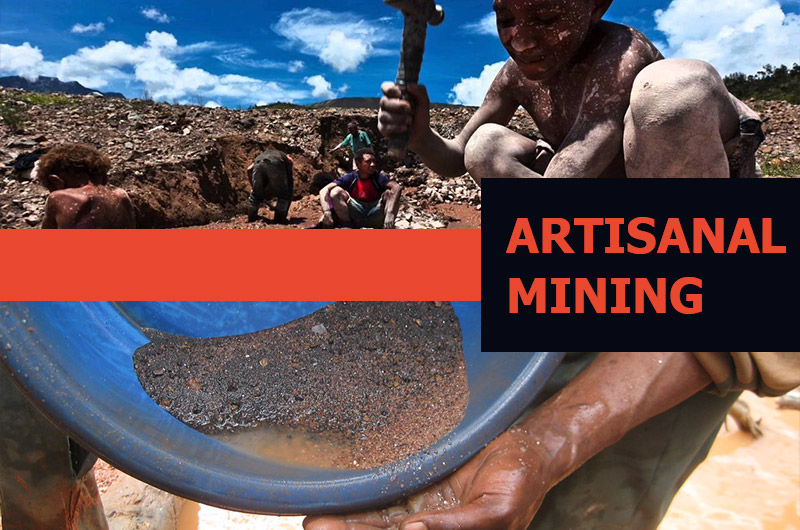
Small-scale artisanal mining is common in parts of Africa and may pose environmental or safety concerns. With the development of the times, mining equipment is more needed.
Tantalum-niobium ore beneficiation process
Stage 1: Crushing and grinding
Tantalite and columbite ore are brittle, and the mineral monomers are relatively easy to dissociate. The mined tantalum-niobium ore is first crushed by a hammer crusher, which can be as low as 25 mm.
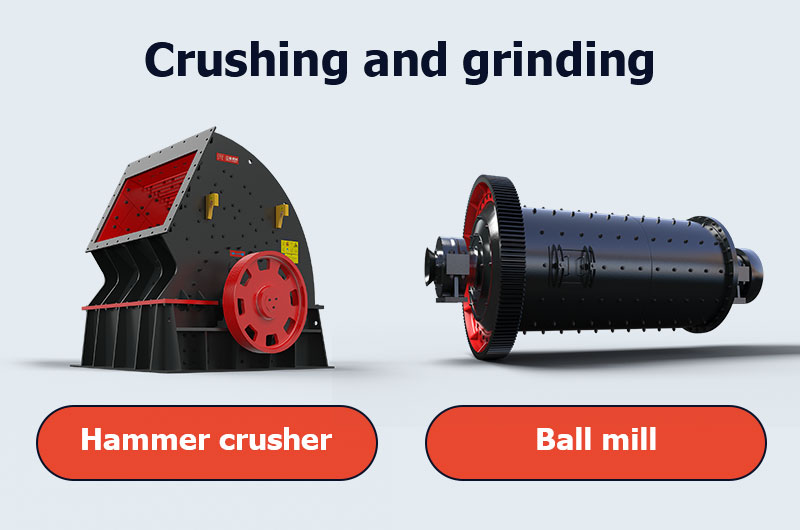
After the ore is crushed to a reasonable particle, it is evenly sent to a ball mill by an ore feeder for crushing and grinding. Grinding the ore helps release valuable minerals (such as tantalum and niobium) from the gangue material.
Stage 2: Washing and grading
Tantalum-niobium ore contains a lot of mud, and even the mud content in placer mines exceeds 70%. When dealing with clay with strong viscosity, ore washing operation is essential.
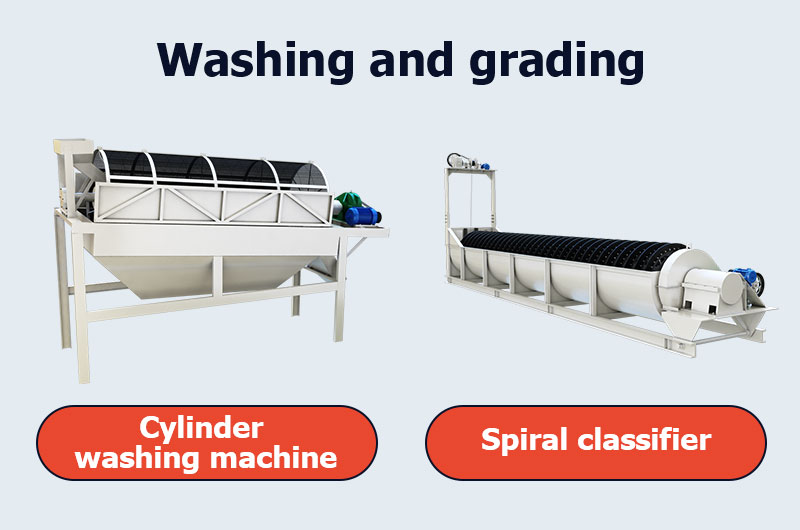
The ground ore is sent to the cylinder washing machine for initial desliming. Afterward, the tantalum-niobium ore fines are sent to a spiral classifier to clean and classify the ore mixture. After two washes, the mud content in the raw material is less than 2%.
Stage 3: Multi-stage beneficiation
Tantalite-niobium ore is mostly polymetallic ores such as tantalum, niobium, tin, tungsten, lithium, and beryllium. It has the characteristics of low raw ore grade and complex mineral composition. The mineral processing process is generally divided into rough separation and concentration.
① Roughing separation of tantalum niobium ore - gravity separation method
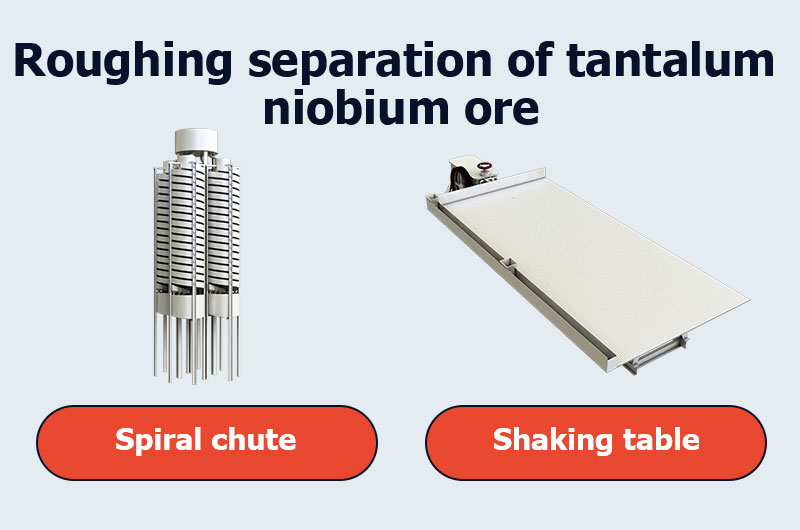
At present, the most important method for tantalum-niobium ore is gravity separation, especially for tantalum-niobium sand ore beneficiation on seashores, riversides, and sandy beaches. The raw ore contains valuable metals such as columbite, tantalite, cassiterite, zircon sand, ilmenite, etc., with large differences in specific gravity.
A spiral chute is usually used to separate tantalum-niobium ore with better purity. Most of the gangue minerals are first discarded to obtain a low-grade mixed coarse concentrate. Then use a shaking table to separate the concentrate or tailings and obtain a variety of products.
② Cleaning separation of tantalum niobium ore - magnetic separation, flotation, combined process
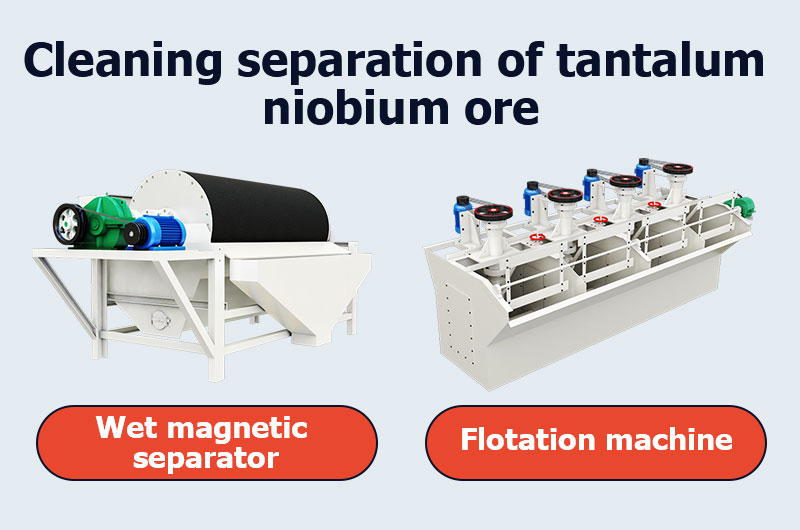
Tantalite and columbite are naturally magnetic minerals due to their iron content and are suitable for gravity - magnetic separation. A wet magnetic separator can effectively separate tantalum, niobium, and non-magnetic minerals and improve the concentrate grade than a dry magnetic separator.
For tantalum-niobium ore that is fine-grained, contains fine mud, and is difficult to sort, gravity separation - flotation is mainly used. Commonly used collectors for tantalum and niobium flotation include fatty acids, arsenic acids, cationic collectors, etc. The flotation method has a high separation index, but consumes a lot of chemicals and costs a lot.
Where is tantalum-niobium ore found?
There are tantalum and niobium deposits in many countries around the world. Some countries that have been mined or concentrated in history:
- Democratic Republic of Congo (DRC): Congo is one of the largest producers of tantalum-niobium ore, with abundant reserves in the eastern region.
- Rwanda: Rwanda is another important producer of tantalum-niobium ore on the African continent.
- Nigeria: Nigeria has coltan deposits, often associated with tin mining operations.
- Australia: Western Australia is a major producer of tantalum concentrate.
- Brazil: Brazil is the world's largest producer and miner of niobium.
- Canada: Pegmatite deposits in Canada often contain tantalum and niobium minerals.
The Democratic Republic of the Congo and Rwanda produce more than half of the world's tantalum output. Brazil's annual niobium production accounts for 88% of the world's total output. Here are specific solutions from Congo and Brazil.
FTM Machinery tantalum-niobium ore solutions
Tantalum-niobium placer processing plant in Congo
The tantalum-niobium ores in Africa are mostly sand ores with a high degree of oxidation. Tantalum-niobium ore and waste rock have a high degree of dissociation and are easy to mine and purify. However, raw ore contains a lot of sticky mud and is easily wrapped in mud.
Therefore, the beneficiation method of tantalum-niobium placer in Congo is simple.
- First, use a trommel screen to deslime the raw ore;
- Afterward, the ore sand enters the shaking table twice for gravity separation and enrichment;
- Finally, a magnetic separator is used to separate the magnetic minerals to obtain tantalum-niobium concentrate.
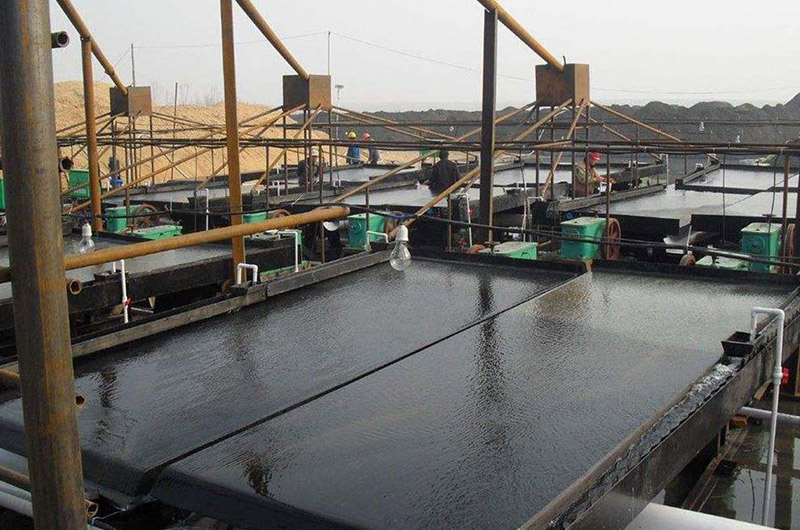
FTM Machinery provides equipment
| Machine | Model | Quantity |
| Trommel screen | YTS2040 | 1 |
| Shaking table | 6-S type | 2 |
| Magnetic separator | CTB1024 | 1 |
| Belt conveyor | TD75 type | 4 |
100 TPH tantalum-niobium ore beneficiation: Yes! I'm interested.
Tantalum niobium zirconium mine plant in Brazil
In a large granite-type tantalum-niobium-zirconium deposit in Brazil, the main useful minerals are tantalite, columbite, zircon, and monazite. The minerals are fine-grained, closely connected with plagioclase, quartz, and mica, and have poor dissociation properties.
It is difficult to obtain qualified tantalum, niobium, and zirconium products through the gravity separation of raw ore, and the recovery rate is low. The use of mixed flotation can greatly increase the comprehensive recovery rate.
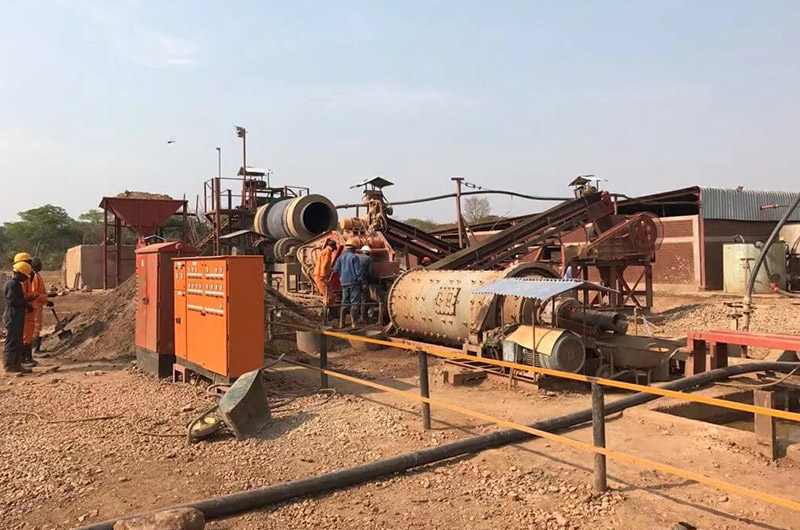
FTM Machinery provides equipment
| Machine | Model | Quantity |
| Hammer crusher | PCZ1308 | 1 |
| Ball mill | Ф2700×4000 | 1 |
| Trommel screen | YTS1550 | 1 |
| Shaking table | 6-S type | 2 |
| Flotation machine | KYF-24 | 2 |
| Belt conveyor | TD75 type | 6 |
Finally, the customer used the process of "crushing - fine grinding - desliming - gravity separation - tantalum, niobium, and zirconium mixed flotation" to process the ore and obtained tantalum, niobium, and zirconium mixed concentrates.
Brazilian mineral processing plant information
| Mineral | Nb2O5 | ZrO2 | Ta2O5 |
| Raw ore grade | 1.17% | 3.12% | 0.046% |
| Concentrate grade | 9.43% | 24.95% | 0.36% |
| Recovery rate | 77.37% | 76.77% | 75.13% |
50-80 TPH tantalum niobium zirconium ore beneficiation: Yes! I'm interested.
What are tantalum and niobium used for?
Due to their unique properties, tantalum and niobium have a wide range of high-end industrial applications.
What are the uses of tantalum (Ta)?

Electronics: Tantalum's largest market is the capacitor industry. About two-thirds of tantalum powder and wire are used to make electronic capacitors, including cell phones, computers, automobiles, and consumer electronics.

Aerospace: Tantalum metal is used in aerospace applications, particularly in the production of high-temperature, corrosion-resistant components for rockets, aircraft, and missile systems.

Medical devices: Tantalum is biocompatibility and resistance to bodily fluids in the medical industry. It is used in medical implants and devices, such as pacemakers and orthopedic implants.

Chemical industry: Due to its resistance to corrosion by acids, tantalum is valuable in chemistry. It can be used to make evaporation vessels, electron tube electrodes, rectifiers, and corrosive chemicals.
What are the uses of niobium (Nb)?
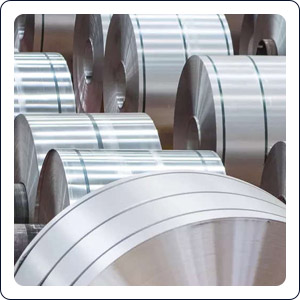
Steel industry: Nearly 80% of the niobium produced in the world is used to make high-strength low-alloy steel (HSLA). These steels are used in construction, automotive, and infrastructure projects.

Superconductor: Another powerful use of niobium metal is in the production of superconducting materials. Nb-Ti alloy is the most widely used and used superconducting material today.

Jewelry production: Niobium's unique surface properties allow it to be easily anodized to create colorful surface coatings. It is popular in the production of hypoallergenic jewelry.
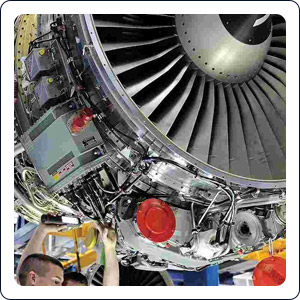
Aerospace and electronics: Niobium is similar to tantalum in these two applications, which is used in the production of capacitors, superalloys, and high-temperature alloys.
Conclusion
Tantalum-niobium ore exists as a strategic metal resource and mineral processing is crucial. Global demand for electronics, medical, aerospace, and other high-tech equipment will stimulate increased demand for niobium and tantalum metal. Tantalum-niobium ore will occupy a unique position in the future market.

